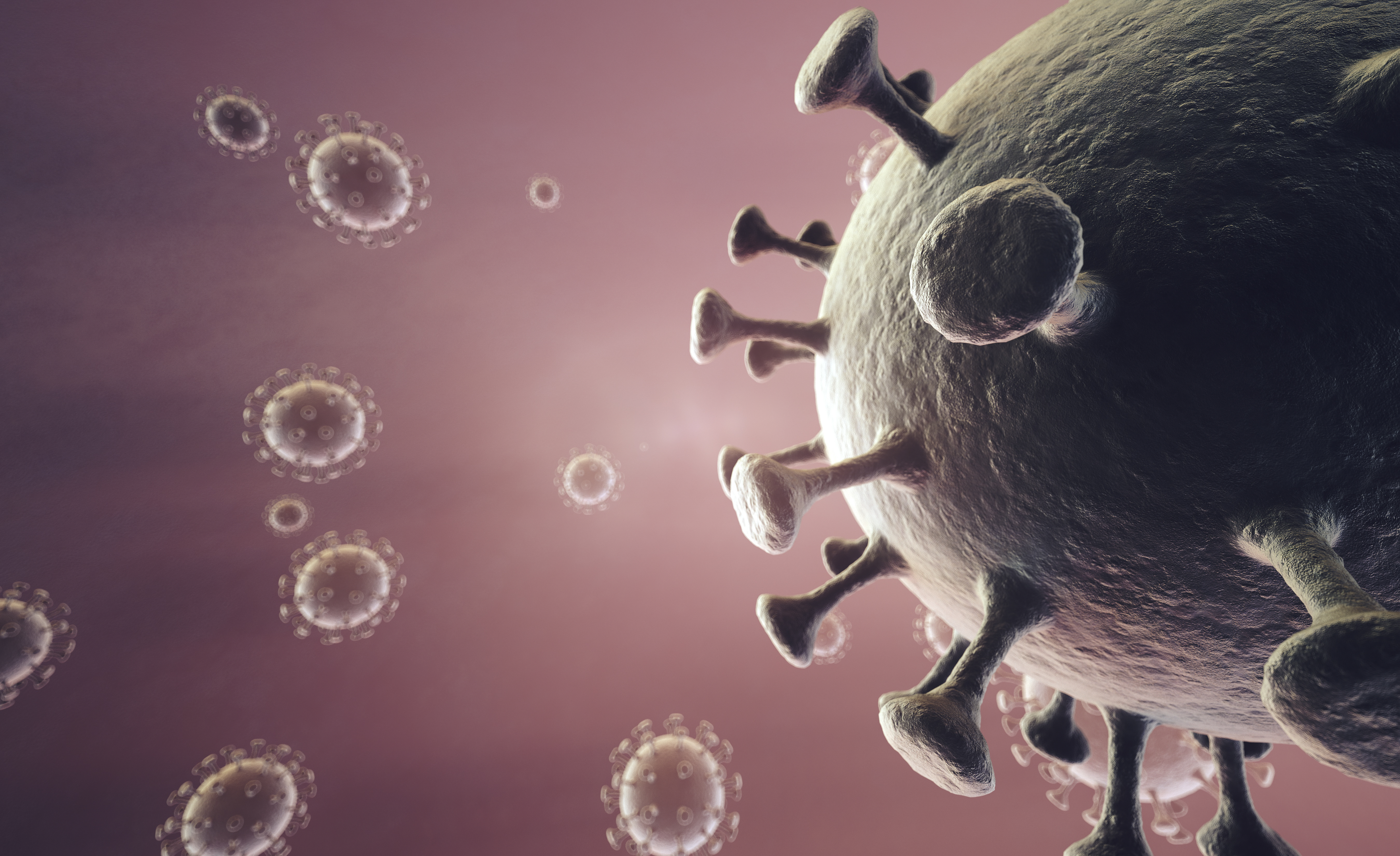Post-COVID conditions response: a collaborative approach to establishing multidisciplinary clinics in Ecuador
Keywords:
Multidisciplinary care; post-COVID Conditions; rehabilitation; specialized care; under- resourced settingsAbstract
Introduction: Worldwide, 3.7% (144.7 million) of people diagnosed with COVID-19 developed Post-COVID Conditions (PCC). Therefore, creating and implementing multidisciplinary rehabilitation clinics is important to address the needs of patients and improve overall recovery. This study was made possible with support from the United States Agency for International Development funded RISE program, under the terms of the cooperative agreement 7200AA19CA00003.
Methods: This case study was conducted in Ecuador and describes the creation and implementation of 21 PCC rehabilitation clinics in primary healthcare centers and secondary level hospitals in 7 provinces across the country. Data was gathered for the identification of partnering health facilities and needs, for the evaluation of knowledge enhancement in health professionals after a specific training program, and for the measurement of key performance indicators. This article emphasizes the organization, educational strategies, and implementation of rehabilitation programs tailored specifically for the management of Post-COVID Conditions in Ecuador.
Results: The implementation of PCC rehabilitation clinics involved a collaborative effort between the Ministry of Public Health (MOPH), the private sector and a non-governmental organization (Jhpiego). Twenty-one health facilities from the primary and secondary level of care were selected, and PCC rehabilitation implemented in 7 provinces of Ecuador. Additionally, 133 health providers were trained and a total of 13,846 patients treated, among whom 859 had a diagnosis of PCC. Medical doctors outperformed nurses in both pre- and post-tests scores. However, all healthcare professionals demonstrated comparable improvement in knowledge acquisition. Rehabilitation manuals were developed and adopted by the MOPH, rehabilitation equipment was donated and a mobile application, “RESPIRA”, was developed and disseminated free of charge.
Conclusion: The establishment of PCC rehabilitation clinics in Ecuador was successful in identifying patients in need of early rehabilitation. The insights of this study can serve as a guide for the development of similar initiatives in other countries. Tailored courses are essential to address disparities and ensure comprehensive skill development and promote equitable healthcare delivery.
References
Walvekar SS, Mohite VR. Tracking Health Beyond -Recovery: A Study on Identifying Post-COVID Syndrome Symptoms. Indian J Crit Care Med 2024;28(2):170–4.
Raveendran AV, Jayadevan R, Sashidharan S. Long COVID: An overview. Int J Diabetes Metab Syndr 2021;15(3):869–75.
Castanares-Zapatero D, Chalon P, Kohn L, Dauvrin M, Detollenaere J, Maertens De Noordhout C, et al. -Pathophysiology and mechanism of long COVID: a comprehensive review. Ann Med 2022;54(1):1473–87.
Fernández-de-las-Peñas C, Palacios-Ceña D, Gómez-Mayordomo V, Cuadrado ML, Florencio LL. Defining Post-COVID Symptoms (Post-Acute COVID, Long COVID, Persistent Post-COVID): An Integrative Classification. Int J Environ Res Public Health 2021;18(5):2621.
Soriano JB, Ancochea J. On the new post COVID-19 -condition. Arch Bronconeumol 2021;57(12):735–6.
Dal Negro RW, Turco P, Povero M. Long-lasting dyspnoea in patients otherwise clinically and radiologically recovered from COVID pneumonia: a probe for checking persisting disorders in capillary lung volume as a cause. Multidiscip Respir Med 2022;17:875. Available from: https://mrmjournal.org/mrm/article/view/875
Crook H, Raza S, Nowell J, Young M, Edison P. Long covid-mechanisms, risk factors, and management. BMJ 2021;374:n1648. doi: 10.1136/bmj.n1648.
Nalbandian A, Desai AD, Wan EY. Post-COVID-19 Condition. Annu Rev Med 2023;74(1):55–64.
Battistella LR, Imamura M, De Pretto LR, Van -Cauwenbergh SKHAA, Delgado Ramos V, Saemy Tome Uchiyama S, et al. Long-term functioning status of COVID-19 survivors: a prospective observational evaluation of a cohort of patients surviving hospitalisation. BMJ Open 2022;12(7):e057246.
Rajan S, Khunti K, Alwan N, Steves C, MacDermott N, Morsella A, et al. In the wake of the pandemic: Preparing for Long COVID [Internet]. Copenhagen (Denmark): European Observatory on Health Systems and Policies 2021 [cited 2023 Dec 4]. (European Observatory Policy Briefs). Available from: http://www.ncbi.nlm.nih.gov
/books/NBK569598/
Enright PL. The six-minute walk test. Respir Care 2003;48(8):783–5.
Zhang Q, Li Y xia, Li X lian, Yin Y, Li R lan, Qiao X, et al. A comparative study of the five-repetition sit-to-stand test and the 30-second sit-to-stand test to assess exercise -tolerance in COPD patients. COPD 2018;13:2833–9.
Klok FA, Boon GJAM, Barco S, Endres M, Geelhoed JJM, Knauss S, et al. The Post-COVID-19 Functional -Status scale: a tool to measure functional status over time after COVID-19. Eur Respir J 2020;56(1):2001494.
Barker-Davies RM, O’Sullivan O, Senaratne KPP, Baker P, Cranley M, Dharm-Datta S, et al. The Stanford Hall consensus statement for post-COVID-19 rehabilitation. Br J Sports Med 2020;54(16):949–59.
Spruit MA, Holland AE, Singh SJ, Tonia T, Wilson KC, Troosters T. COVID-19: interim guidance on rehabilitation in the hospital and post-hospital phase from a European Respiratory Society- and American Thoracic Society-coordinated international task force. Eur Respir J 2020;56(6):2002197.
Venkatesan P. NICE guideline on long COVID. Lancet Respir Med 2021;9(2):129.
De Biase S, Cook L, Skelton DA, Witham M, Ten Hove R. The COVID-19 rehabilitation pandemic. Age Ageing 2020;49(5):696–700.
Kearon J, Risdon C. The Role of Primary Care in a Pandemic: Reflections During the COVID-19 Pandemic in Canada. J Prim Care Community Health 2020;11:215013272096287.
Gloeckl R, Leitl D, Jarosch I, Schneeberger T, Nell C, Stenzel N, et al. Benefits of pulmonary rehabilitation in COVID-19: a prospective observational cohort study. ERJ Open Res 2021;7(2):00108–2021.
Sisó-Almirall A, Brito-Zerón P, Conangla Ferrín L, Kostov B, Moragas Moreno A, Mestres J, et al. Long Covid-19: Proposed Primary Care Clinical Guidelines for Diagnosis and Disease Management. Int J Environ Res Public Health 2021;18(8):4350.

Published
Issue
Section
License
Copyright (c) 2024 The Author(s)

This work is licensed under a Creative Commons Attribution-NonCommercial 4.0 International License.
Mattioli 1885 has chosen to apply the Creative Commons Attribution NonCommercial 4.0 International License (CC BY-NC 4.0) to all manuscripts to be published.




